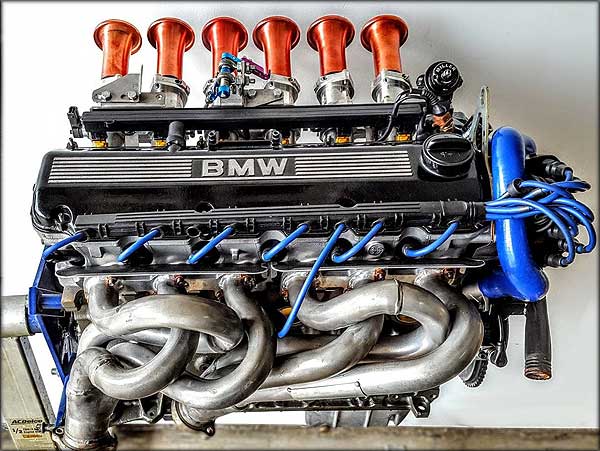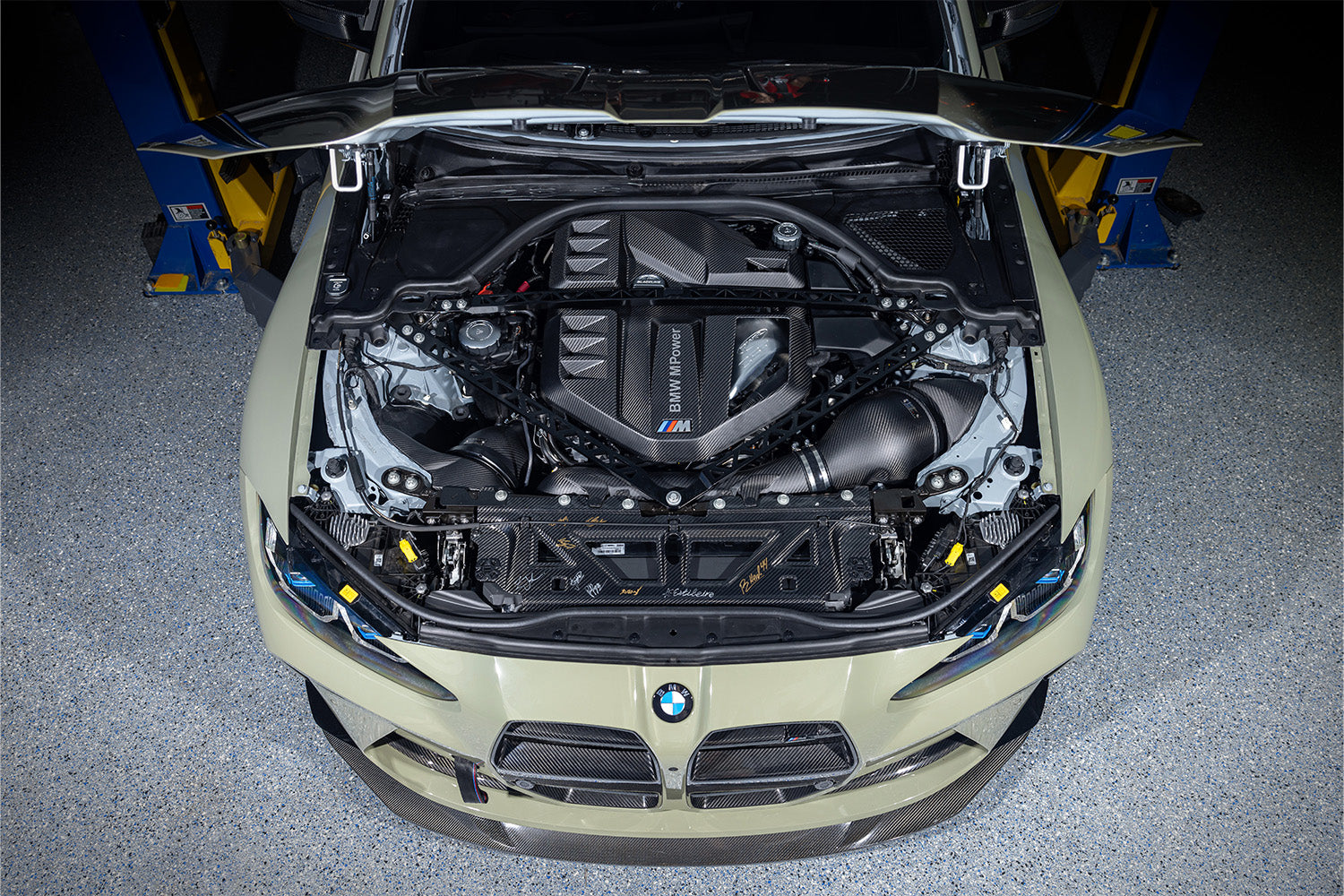Leading 5 BMW Engine Technologies Transforming the Automotive Market
Wiki Article
Discovering the Evolution of Burning Engines in Modern Transport Systems
As we navigate the landscape of contemporary transportation, the development of burning engines stands as a testimony to human resourcefulness and design expertise. The interplay of background, technology, and environmental issues in shaping the trajectory of burning engines develops a narrative that is both engaging and informative.Early Beginnings of Combustion Engines
Exactly how did the principle of burning engines initial emerge in the early stages of transportation growth? The origins of combustion engines can be mapped back to the 17th century when the concepts of interior burning were very first discovered. In 1673, Christian Huygens conceived a basic inner combustion engine that made use of gunpowder to create power. However, it had not been until the late 19th century that functional applications of burning engines in transport started to emerge.The development moment came with the creation of the first effective gasoline-powered engine by Karl Benz in 1885 - bmw engine. This engine led the way for the advancement of the modern auto, reinventing transportation systems worldwide. Succeeding innovations by Nikolaus Otto and Gottlieb Daimler additionally fine-tuned combustion engine modern technology, bring about the mass manufacturing of cars and the fast growth of the transport market
These very early combustion engines were defined by their simplicity and efficiency, laying the foundation for the complicated and effective engines utilized in modern transportation systems. The development of burning engines has been important in shaping the means we travel and carry goods, noting a substantial milestone in the history of transport growth.
Change to Internal Burning Modern Technology
The change to inner combustion modern technology noted an essential shift in the advancement of transportation systems. This change started in the late 19th century, with developers like Nikolaus Otto and Gottlieb Daimler creating the initial successful internal burning engines. These engines reinvented transportation by offering an extra powerful and efficient choice to steam engines and electrical motors.Among the vital benefits of internal burning engines was their ability to be scaled down to suit cars, bring about the development of autos and motorbikes. This shift from large, stationary engines to small, mobile ones led the way for the modern-day transport systems we see today.
The change to internal combustion modern technology likewise spurred developments in gas innovation, bring about the growth of fuel and diesel as main gas sources for vehicles. This change not only made transportation extra available to the masses but also laid the foundation for the oil and gas sector to end up being important to international economies.
Effect of Combustion Engines on Transport
The fostering of combustion engines in transportation systems militarized a profound change in the performance and speed of worldwide movement. Burning engines revolutionized transport by offering a flexible and trustworthy resource of power for numerous cars, consisting of automobiles, vehicles, airplanes, and ships. This advancement substantially enhanced the capability for people and goods to relocate over cross countries in much shorter period, leading to increased connectivity between areas and countries.Additionally, the prevalent use of burning engines has actually had a considerable effect on economic advancement. The capability to transport products efficiently has stimulated trade and business, enabling businesses to expand their markets and reach consumers worldwide. This has actually helped with economic growth and globalization, as products can currently be transported much faster and in bigger quantities than ever before.
Nonetheless, the ecological effect click for more info of burning engines can not be overlooked. The combustion of nonrenewable fuel sources has caused air contamination and greenhouse gas exhausts, adding to climate adjustment and presenting wellness dangers to populations. bmw engine. Therefore, there is a growing emphasis on establishing alternative propulsion technologies to mitigate these unfavorable impacts and produce a more lasting future for transport
Technologies in Burning Engine Style
One noteworthy innovation is the development of turbocharged engines, which make use of exhaust gases to drive a wind turbine that compresses incoming air, permitting for more gas to be burnt, resulting in boosted power output without a substantial increase in engine dimension. Variable valve timing systems have actually additionally changed engine layout by optimizing air flow at various engine speeds, boosting both power and efficiency. These developments collectively add to the constant improvement of combustion engines in modern transport systems.Future Patterns in Burning Engine Growth
With technology innovations driving continual technology, the future of combustion engine growth is positioned to reinvent transportation systems worldwide. One of the vital trends in burning engine growth is the press towards higher performance and reduced discharges.One more noticeable pattern is the fostering of crossbreed technologies in burning engines. Crossbreed engines incorporate standard combustion modern technology with electric power, offering improved fuel performance and reduced exhausts. As the auto sector shifts in the direction of electrification, hybrid burning engines are viewed as a transitional option that bridges the void between conventional cars and totally electrical ones.
Additionally, the combination of clever innovations, such as expert system and data analytics, is anticipated to play a substantial function in the future of combustion engine development. These innovations can optimize engine efficiency in real-time, leading to more reliable burning procedures look at this now and boosted overall lorry efficiency. Welcoming these future fads will not just drive development in combustion engine development but also add to a more sustainable and environmentally pleasant transportation community.

Final Thought
Finally, the evolution of burning engines in modern-day transportation systems has been noted by substantial developments in innovation and style. From the very early starts of combustion engines to the transition to inner combustion innovation, these engines have actually had an extensive influence on transport. Advancements in burning engine style continue to drive progression in view website this area, with future trends focusing on further boosting effectiveness and reducing emissions. The future of burning engines in transport looks appealing as r & d efforts continue to push boundaries.The origins of combustion engines can be traced back to the 17th century when the concepts of inner combustion were very first discovered. These engines revolutionized transportation by using a more reliable and powerful alternative to vapor engines and electric motors.

Report this wiki page